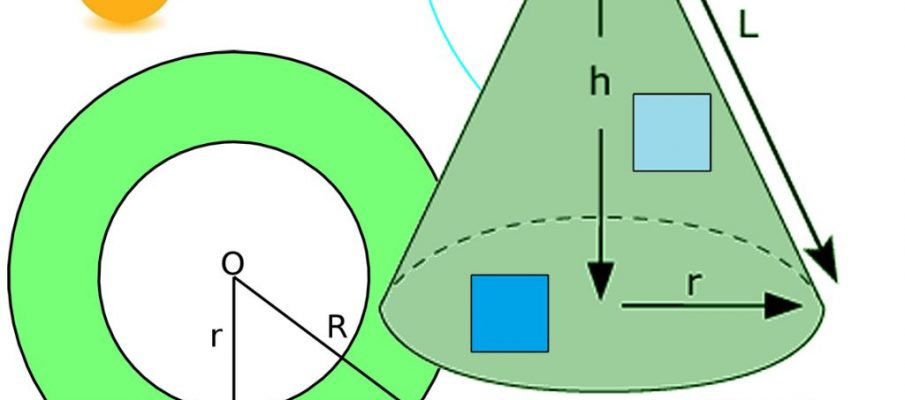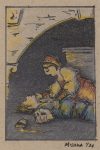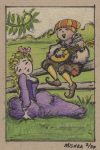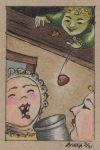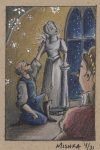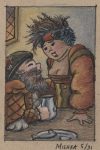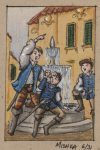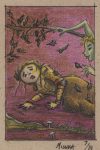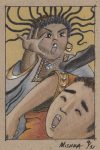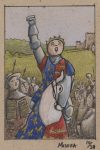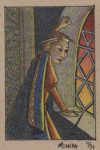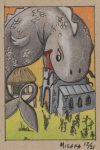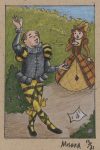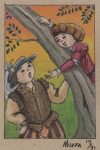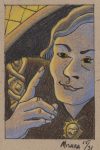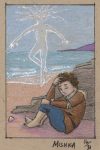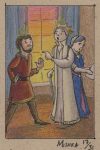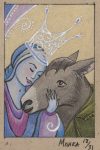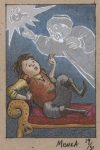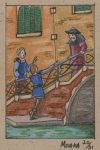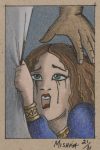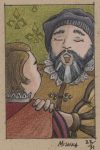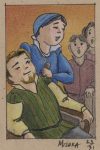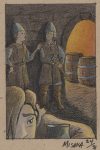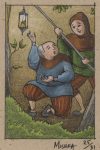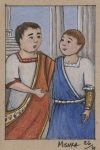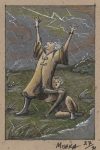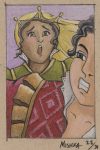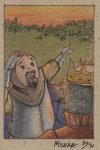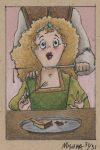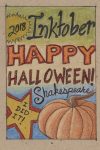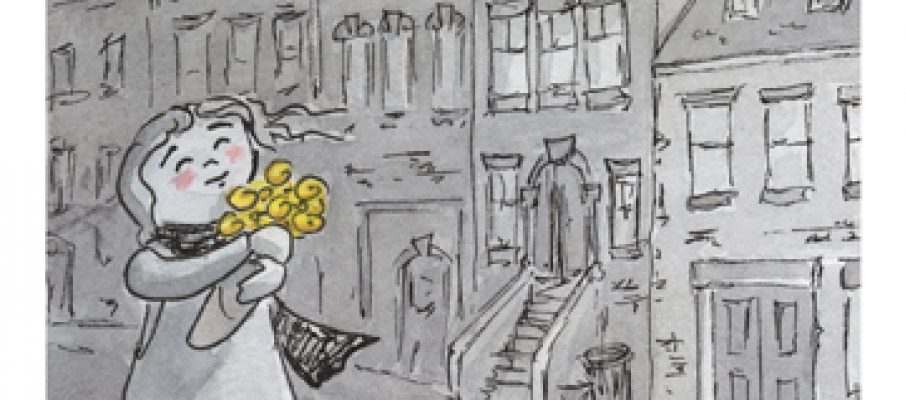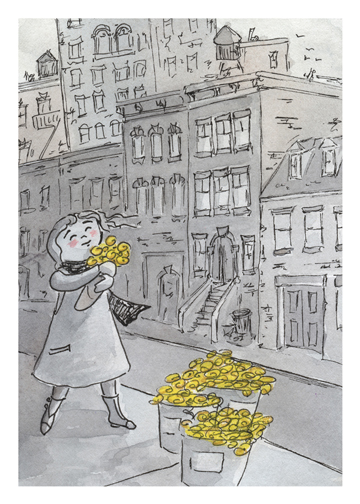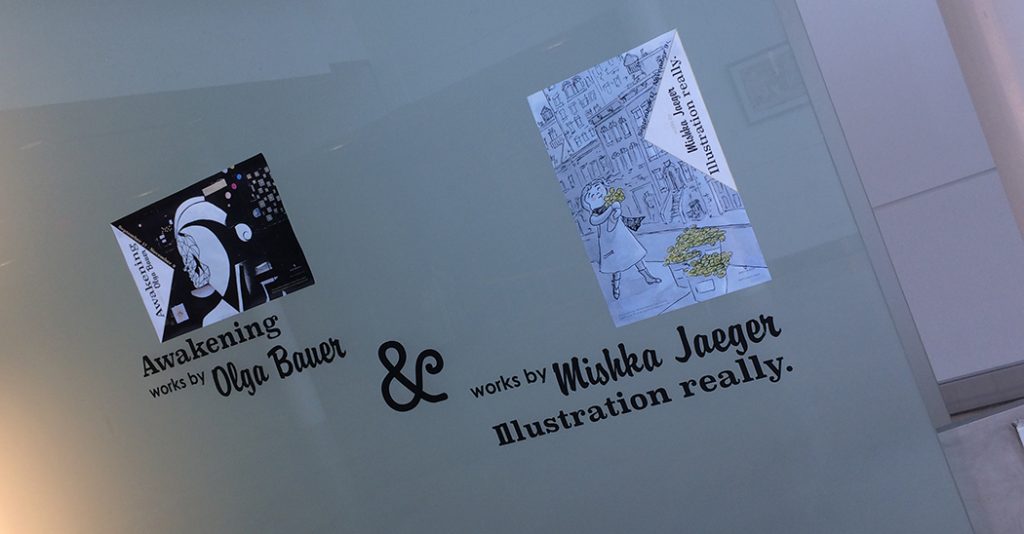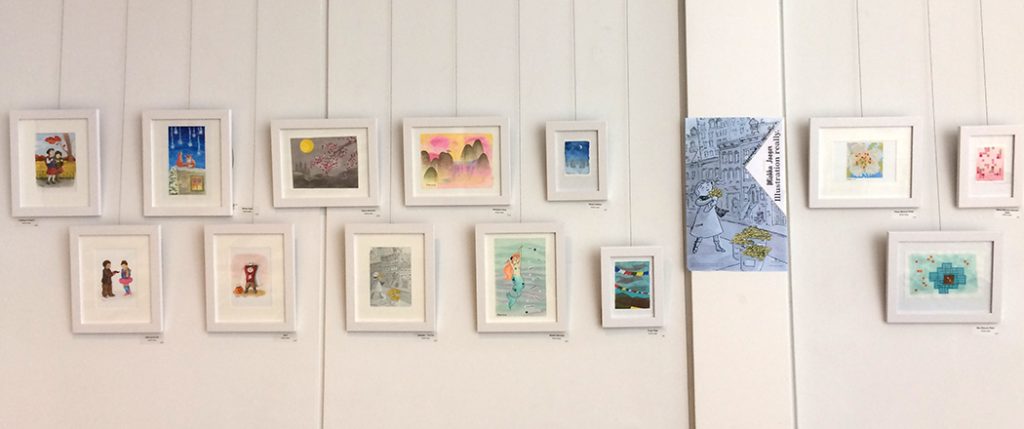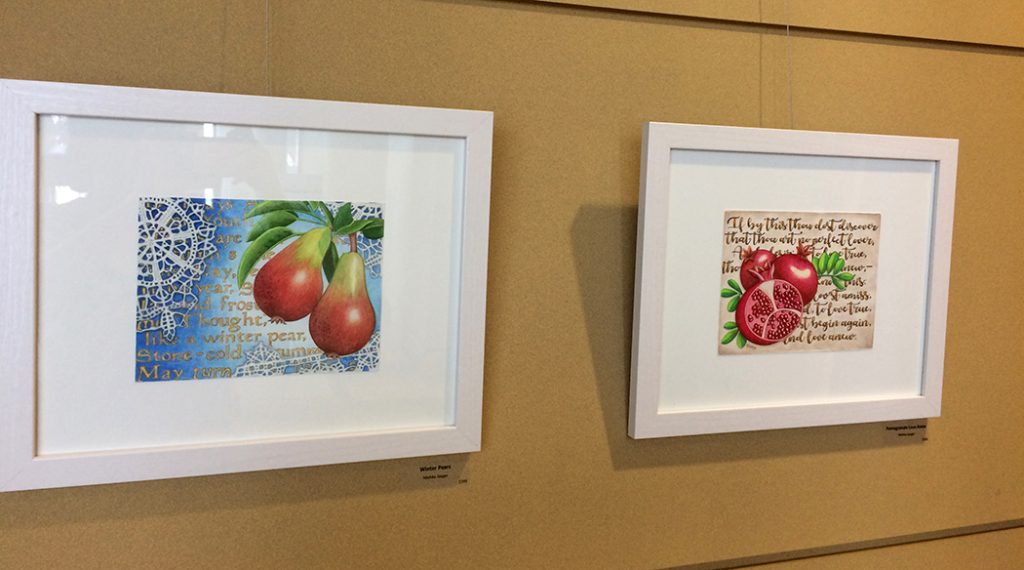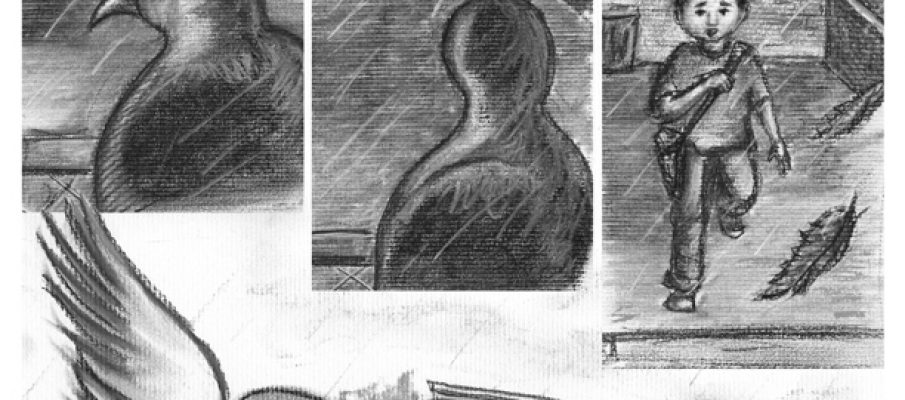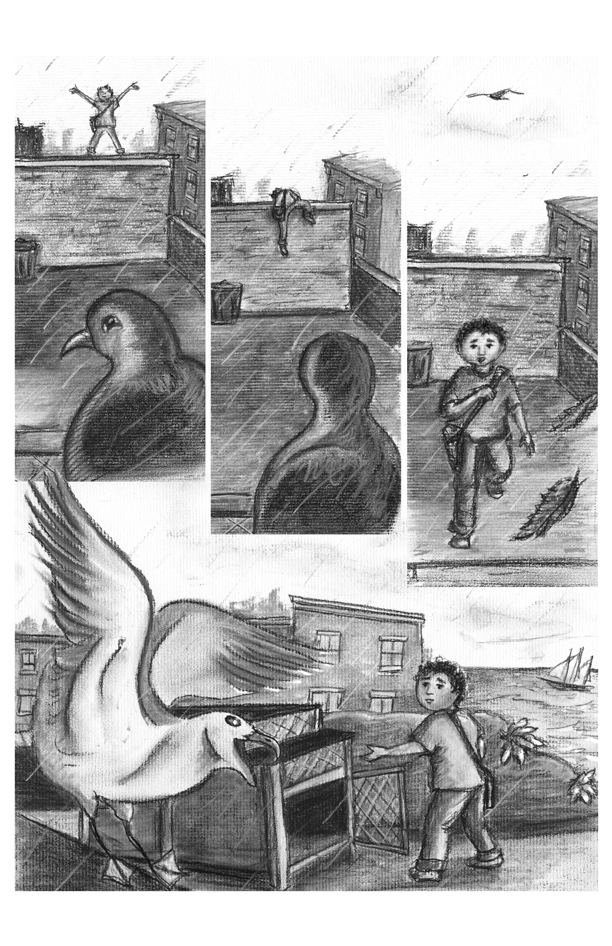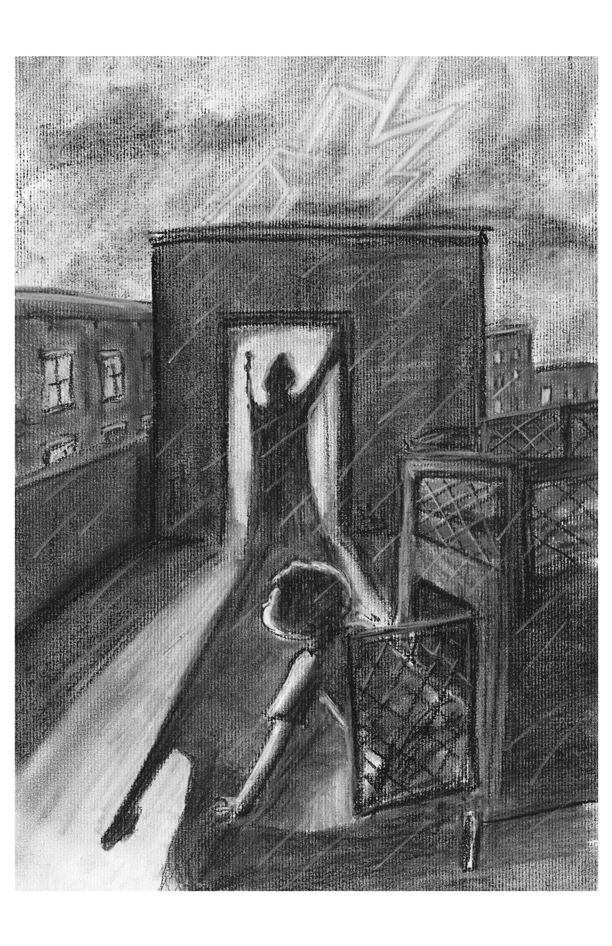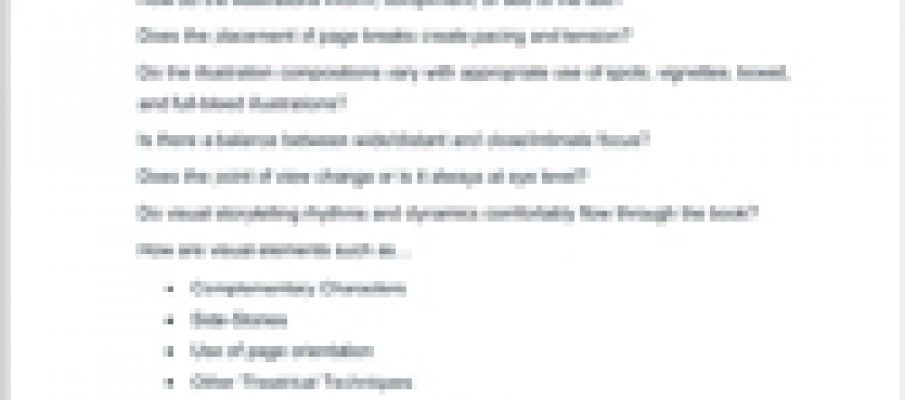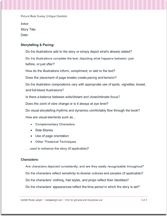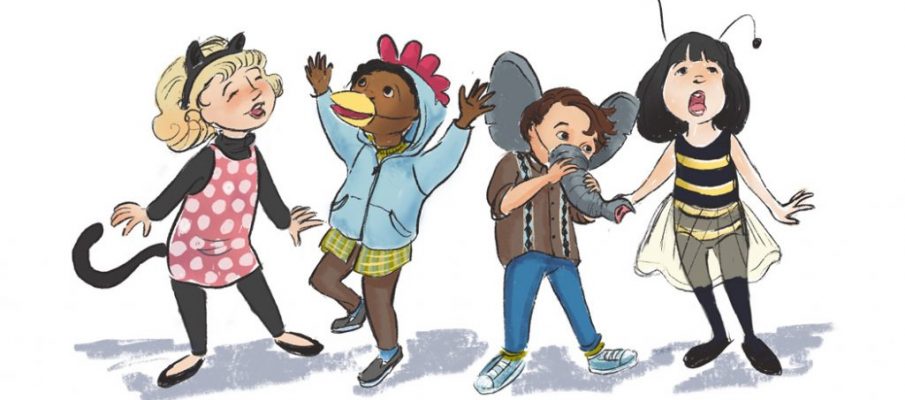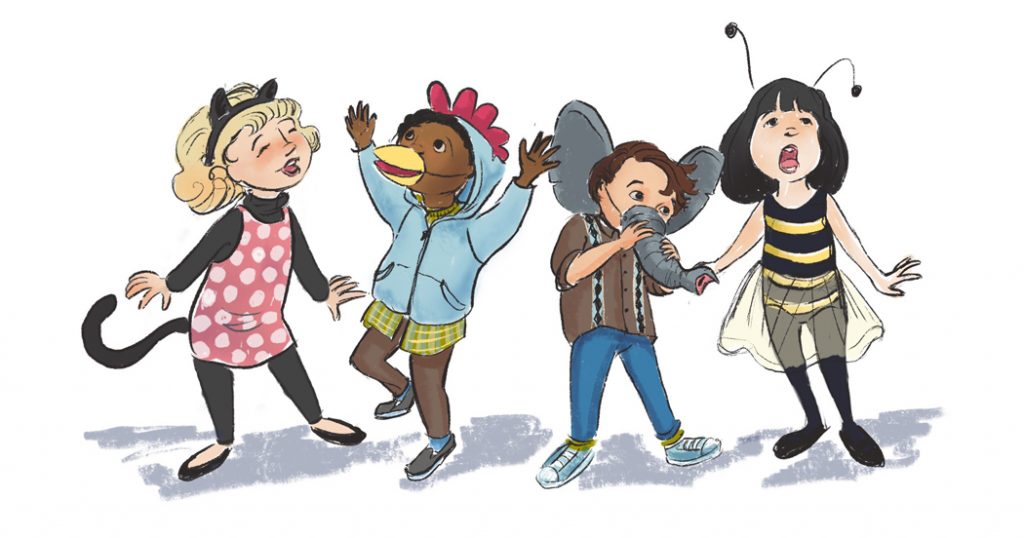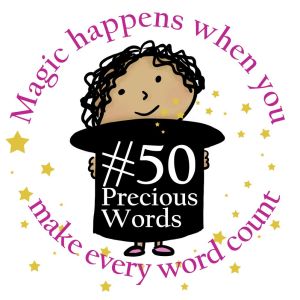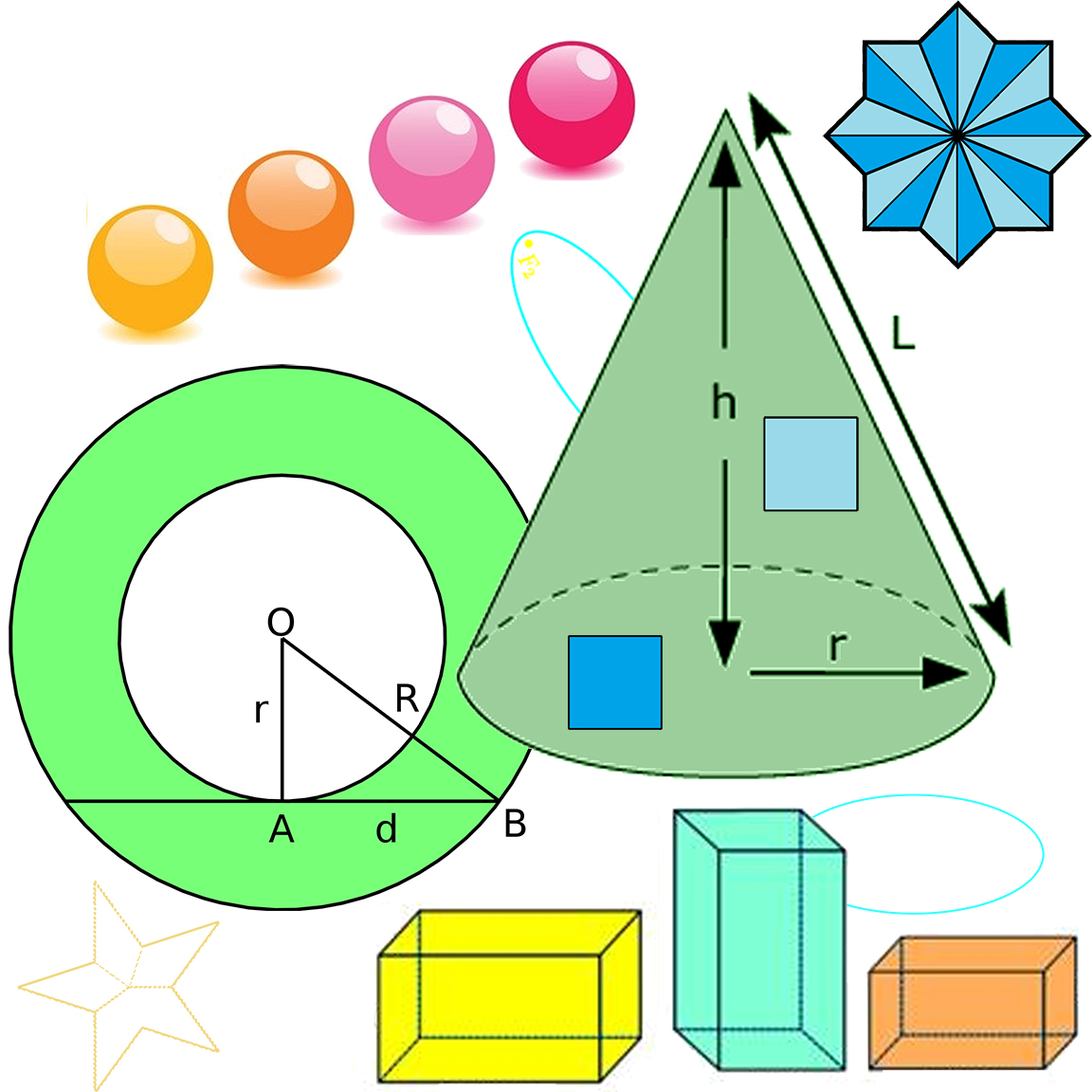
In between all the busyness, I got hit with an unusually random idea for Susanna Hill’s Annual Holiday Writing Contest yesterday morning. I’m really not sure where this idea came from. I promise I was trying to write something else. Something poignant and timely. But, um, no.
Anyway, this probably has something to do with me building math curriculum off and on for K12.com for a lot longer than I ever studied it in school. SOMEBODY “up there” has a sense of humor. Math was ever my worst subject but I have learned to love it.
The illustrative collage up top isn’t original art. I don’t have time to make something from scratch today, so a quick collage will have to do for now.
The rules: Write a children’s holiday story (children here defined as age 12 and under) about A Holiday Hero not to exceed 250 words
Here’s my entry:
Square is tired of being just the side of a gift box.
He’s meant for greater things.
Like big green Cone, the Christmas tree.
Or operatic pentagram, always shining at Cone’s apex.
Square is unsure. He’s always been part of a team.
Maybe he can lead the rectangles and circles in building a train?
The annulus around Cone’s base broadcasts big news!
Pentagram is missing! No geometric has seen her anywhere.
There can’t be a Christmas tree without a star!
This is square’s chance.
He will be the star atop the christmas tree!
Square begins to climb, weaving his careful way between colorful spheres and ellipses.
This is difficult.
Square slips and slides down the angle back to Cone’s base.
A rectangle calls to him, “Hey, we need a sixth over here for this prism! Lend us a corner?”
Tempted by the familiar task, square tells himself he can only form a diamond anyway, not a star.
“NO! I will do this!”
Square begins his climb once more.
Half-way up, he slips again but a vertex reaches from somewhere and catches his corner.
It’s another square.
“I wanted to be the star too,” she says, “But I don’t think we can do this solo. Can we go together?”
The squares near the apex but only one will fit.
Square has an idea. He rotates 45 degrees.
“Align your centerpoint with mine!”
With one last leap, they make it!
Together, they are an octagram.
And an octagram can be a star.

